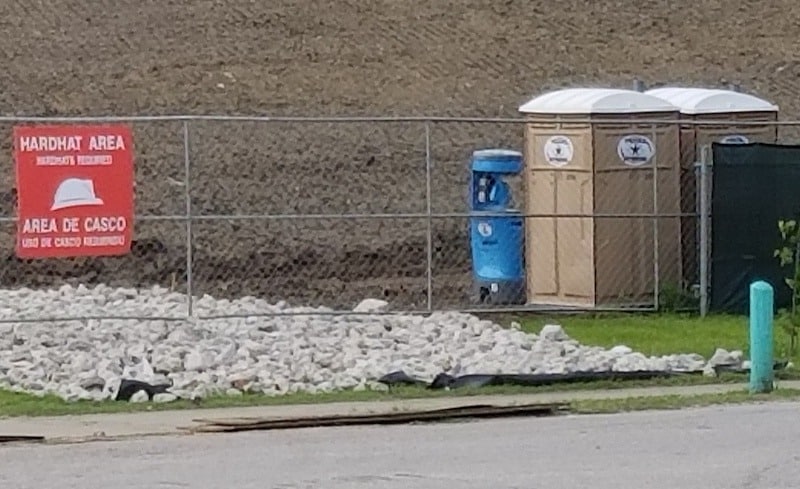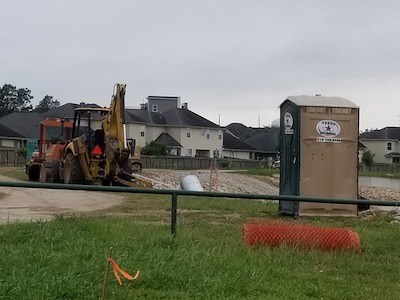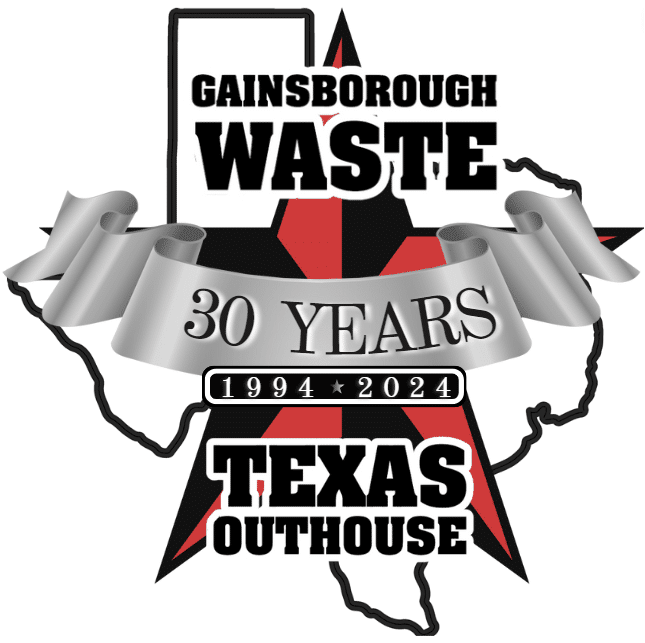Providing a safe and healthy environment for construction workers should be a top priority for construction project managers. We know this isn’t always easy, especially when managing expansive construction sites, numerous workers, or unexpected challenges that arise over the course of the project work.
To help mitigate risk during the construction project, we have identified three areas to focus on to ensure that workers can safely complete their tasks and support the overall productivity of the project.
Incorporate These Areas in Your Construction Management Plan
When building out the construction management plan, consider incorporating these areas of emphasis into your plan to guide on what actions to take during the project to help protect the construction site and workers.
1. Continually Review the Work Site for Safety
We recommend that construction project managers remain vigilant continually reviewing the construction site for health and safety risks.
Not only does this include walking through the overall work site and designated work areas, but also performing regular checks on the equipment and tools.
Consider implementing a preventative maintenance review to ensure that all equipment is regularly inspected and tested. This is important because faulty equipment is a common cause of injury at construction sites.
– The OSHA requirements for construction project work is an excellent guide to use when building out your construction management plan for the job site and to help take preventive steps ensuring construction safety.
- Falls. Falls account for the highest number of construction site injuries. If workers are performing work at six feet or higher than the level below them, then you should provide them with proper fall protection.
- Ladders, scaffolding, and stairs. These types of climbing or elevated access tools are also common ways for construction workers to become injured. Make sure that you provide instruction and continual training on the proper methods to safely use a ladder, scaffolding, and stairways during construction.
- Electricity. All workers should be aware of electrical hazards and risks that are present at the work site, including the risk of electrocution, shock, explosions, and fire.
- Motor vehicle safety. Operating motor vehicles, forklifts, or other motorized devices on the construction site presents several hazards. Make sure that your employees stay vigilant of their surroundings, understand what certain sounds or visual cues mean, and know how to properly operate each vehicle.
- Excavation and trenching. While not every construction project requires underground work, workers should still be aware of this risk. Underground work is among the most dangerous operations for construction due to the possibility of cave-ins, falling loads, hazardous atmospheres, and hazards from mobile equipment.
2. Focus on Adhering to Construction Guidelines
Construction managers need to be aware of local guidelines, regulations, and ordinances when building out the construction management plan. This way, you can identify when there is a risk of violation during construction, then your team can quickly make an adjustment or correction.
You want to avoid bad outcomes such as a delay because of a complaint that requires review or for the site to be completely shut down because of a safety violation.
Remember that regulations may differ depending on the location of the construction site, so take the time to conduct proper research beforehand.
This step will also help you identify on-site risks ahead of time in an effort to avoid the most common safety violations at the construction site.
- Wiring problems. Wiring problems can cause breaker boxes to overheat, which can start a fire and cause electrocution.
- Training requirements for fall protection. All workers should receive proper training for fall protection.
- Machine guards. Each piece of dangerous equipment should be equipped with proper guards and shut-offs to prevent injuries. Parts that rotate or flying sparks are common causes of injury when not using machine guards.
- Properly shutting off damaged machines. Dangerous machines that are damaged should be turned off without the ability to restart until the proper repairs and maintenance have been performed.
- Forklift operation. To ensure adherence to workplace safety guidelines, the materials need to be loaded properly, gasoline must be stored correctly, and only trained workers should operate a forklift.
- Ladders. Common ladder issues include being built to hold a limited amount of weight or they are not self-supporting.
- Respirators. Certain particles and sprays that are produced at the construction site pose a risk to worker health. Always provide your workers with proper respiratory protection.
- Scaffolding. Scaffolding must be safe and secure before any worker uses it. Falling objects and failed support systems are common issues with scaffolding.
- Hazard communication. Whenever a hazard is present on the construction site, all of the workers need to be informed. Dangers that are not dealt with properly can impact multiple workers, causing a domino effect of problems.
3. Provide Portable Toilets and Handwash Stations
A third important element to include in your construction management plan is making provisions to have portable toilets and handwashing stations on-site.
A typical construction site must include portable restrooms in proportion to the number of workers, per OSHA requirements. The portable toilets should also be made available at designated and accessible locations.
Additionally, in light of the recent health crisis and emphasis on personal hygiene, we recommend including handwashing stations with portable toilets.
Germs and bacteria can freely spread throughout a construction site due to the close proximity of the workers. Including hand wash stations will make it easier for workers to maintain good personal hygiene while performing difficult work at the construction site. This can significantly reduce the spread of bacteria and viruses amongst your workers.
Overall, providing clean, portable toilets with handwash stations will help promote good habits at the construction site.
Texas Outhouse: Portable Toilets and Handwash Stations
Texas Outhouse provides portable toilets and hand wash stations for construction sites throughout the Greater Houston area.

We will deliver portable toilets and hand wash stations to your desired location, service the toilets and stations at a convenient time, meet safety requirements at the job site, provide support service at the site, and remove the toilets and stations when the project is complete.
As you are forming your construction management plan, be sure to contact our expert team. We will work you to formulate a plan to help protect the job site:
- The number of portable toilets and handwash stations you will require.
- When you need units provided and removed.
- When we should service the units to maintain a clean and healthy work environment for your workers.
Find a partner to help you protect the job site. Contact us through our website form, by calling 713-785-8050, or by emailing [email protected] to schedule services.


